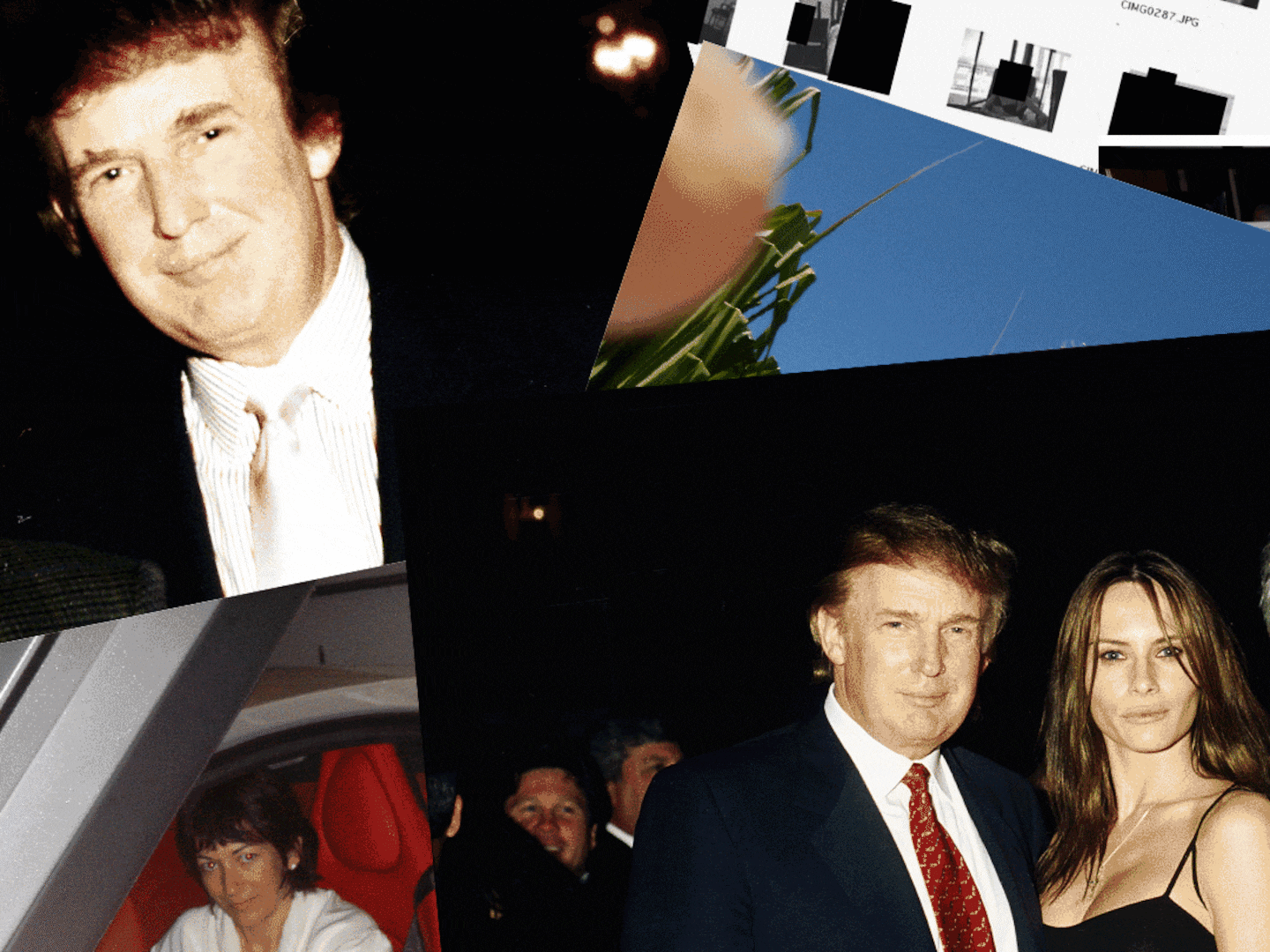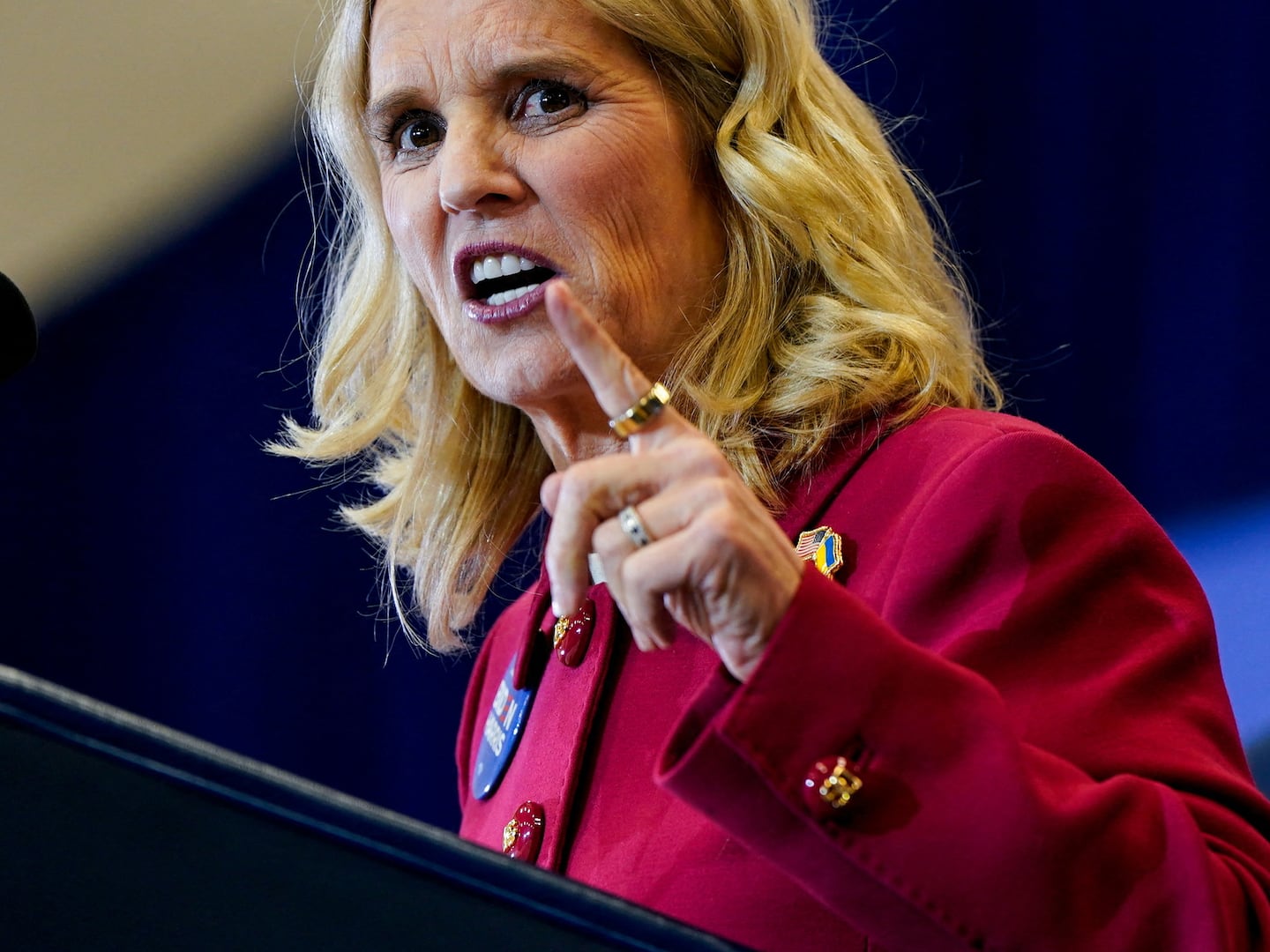
If you are a child actress growing up in America in the 2000s, there are really only two ways to go: the Miley Cyrus/Hillary Duff route, all bubble gum and Disney musicals and spangles, or the more substantial Dakota Fanning/Abigail Breslin path, one of serious acting cred and Oscar nods—a girl who demands to be taken seriously despite, and sometimes because of, her age. Evan Rachel Wood emerged as a solid member of the latter group; even at age 12, she was on television in a plum role—in the 1999 ABC drama Once and Again—she played the anorexic lesbian Jessie Sammler, smudging plenty of eyeliner and delivering dozens of tearful monologues over her 55-episode arc. For three years, Wood matured in front of American audiences, growing from a stick-thin, sinewy blonde into a fierce teenager with defiant eyes.
“I don’t like perfect. It doesn’t exist. I like taking that old Hollywood idea and putting rock and roll on top of it and messing it up and smudging it.”
When Once and Again went off the air in 2002, Wood had to make the young actress’ Sophie’s choice—to move into more typical teenage froth and risk mass-market sameness, or to continue taking edgy roles and pigeonhole oneself that way. Wood decided to take a bigger risk than most actresses ever do: For her next big role, in Catherine Hardwicke’s Thirteen, Wood played a teen who smoked, did drugs, fellated older men, had sex, shoplifted, and bared her midriff in the seediest parts of downtown Los Angeles.
“ Once and Again was pretty heavy stuff, but Thirteen was a whole other ballgame,” says Wood, who is sitting at a desk in Sony Pictures’ high-rise Manhattan offices. With big red ringlets, cherry-red lipstick, and a precise swath of black-winged eyeliner, she looks more like a vintage pinup girl than a 21-year-old ingénue. “I actually turned Thirteen down three times because I’m an idiot. I was afraid of it. But when I met the director—she really got it. I was 13, and I’d I never had a conversation like that with an adult who was talking to me like an equal and wanted to know how I felt and how I could express myself. It just changed the way I looked at myself—I thought I was just kind of this powerless thing before.”
Wood’s voice is so calm and self-possessed, it’s disarming. She speaks evenly and openly, with a wide smile—she clearly hasn’t thought of herself as a teenager for some time, but someone older, more capable of weathering situations. “I’d been so upset that girls my age hadn’t had a proper voice yet,” she goes on about Thirteen. “I was just so tired of seeing these high school, fluffy girls. I was tired of seeing the boys and the house parties and stuff. It’s not like that. Not for me.”
Wood does portray a different image of young womanhood than most American actresses—she pushes boundaries constantly in her career and life, often making others uncomfortable in the process. To date, she has played a young girlfriend of an aging cowboy ( Down in the Valley), a student accusing her teacher of sexual harassment ( Pretty Persuasion), a sexually liberated peace activist ( Across the Universe), and the troubled daughter of Mickey Rourke’s bedraggled character in The Wrestler. Almost every chance Wood has taken has paid off—she is a darling of directors and screenwriters in search of a serious, beautiful actress who has the chops to pull off drama and the airy countenance of a comedienne.
The actress is such a muse to directors that last year, she received the ultimate prize for a young woman in Hollywood—a handwritten letter from Woody Allen, asking her to be in his next project, Whatever Works. “It was a very humble letter,” she recalls. “ He wrote, ‘I think you’d be really great in this character, if you don’t like the script it’s OK, we’ll do something else’ That made me laugh—if I don’t like the script? It was Woody! I grew up with my film-geek mom going, ‘Sit. This is Annie Hall, this is Diane Keaton, this acting, this is Hannah and Her Sisters,’ so it was a huge deal.”
Whatever Works hits theaters this weekend, and shows a different side of Wood than many have seen—she’s a goofy ham, playing Melodie St. Ann Celestine, a dopey blonde from the Deep South—Wood was raised in North Carolina—who has come to New York City to escape her yokel roots. She is taken in off the street by Larry David’s character, elder divorced physicist Boris Yellnikoff, and together they form first a bond of friendship, and later, of marriage. The relationship is charming, and though the film has its flaws, Wood and David’s quirky chemistry lends Whatever Works the air of the great Allen-Keaton movies of the past. And no, Wood and David (40 years apart) do not have a sex scene. “It’s actually a really sweet, innocent relationship that the two of them have. If you’re going to see the film for that,” she says, “You’re going to be disappointed.”
Though it wouldn’t have been too much of a stretch to imagine Wood in a love scene with an older man—her longtime boyfriend (now her ex), shock-rocker Marilyn Manson, is 19 years her senior. “I was raised thinking that a relationship like that was just completely wrong,” she says. “But I can’t choose who I fall in love with, and I’m not going to not do something that makes me happy just because people disapprove. It seemed natural to us and that was all that mattered.”
Many raised their eyebrows when Wood and Manson started dating—not because she was with a strange, Goth-looking man, but because she began to dress more ostentatiously herself; she started walking red carpets in dark makeup and Victorian baubles and bows, and dyed her hair flame red. Some tabloids started to speculate that Manson was controlling Wood—creating her in his own image—but she points out that she was a Goth chick all along, and that Manson actually freed her to be herself and gave her the courage to withstand the public scrutiny. “It felt like it happened overnight to other people, but if you knew me—it didn’t come as a shock,” she says. “I had dressed like that on my own—I would want to do something really dark or vintage or over-the-top for an award show, but my people would be like, ‘It makes you look old, let’s keep you young and fresh and light and fluffy.” And I hadn’t gotten my voice yet so I was just like, ‘OK, you’re right, I suck, I’ll wear what you say.’ But then I met [Marilyn], and I found somebody who appreciated all those things about me that I thought were wrong. He liked the music I liked, the way I dressed, the people I hung out with.”
Wood hopes that in dressing the way she wants to, that she can inspire girls who look different than the norm to feel confident: “People who are different usually get the most crap because it scares people and they don’t understand,” she says. “People didn’t understand my relationship so they didn’t like it. But who’s to tell you how to live? I lived so long the way people wanted me to, that when I broke out of that, I broke out with a vengeance. I don’t mind if I get criticized. I’m in good company because all of my favorite artists got crap. I’m not gonna compare myself to these people—Charlie Chaplin, John Lennon—but all these people got pounded. And now, long after they’re gone, suddenly they’re geniuses.”
And though she won’t openly compare herself to Chaplin, Wood says she is channeling a very specific type of actress from the past in both her looks and career choices. “I’m inspired by a very large block of time in history,” she says. “Clara Bow, Jean Harlow—I love those women. Which isn’t to say I’m trying to be a perfect pinup girl. I don’t like perfect. It doesn’t exist. I like taking that old Hollywood idea and putting rock and roll on top of it and messing it up and smudging it. I like being a messier version of that.”
Perhaps that is the secret to Wood’s appeal to both directors and fans—she looks beautiful and yet, conveys a sense of internal darkness—it takes a dark woman to date Manson—and messiness that makes her somehow accessible. She doesn’t act because she wants to be the perfect, bubble gum, Disney product, but because she wants to expose viewers to the more sinister aspects of growing up as a woman in America, to the way girls really feel—and its an admirable goal. “The older I get, the more I really see the art behind acting,” she says. “There can be a rock and roll kind of actor, and that’s what I want—to be like the Johnny Depps out there. I see too many celebrities just kind of being an image or a persona, because it is a business. And I think people started being embarrassed to call themselves artists. But I don’t know why, because it’s absolutely artwork, what you do, if you approach it that way.”
Lately, Wood has been getting into other aspects of the craft besides film acting. In the fall, she will star in Julie Taymor’s new Broadway musical version of Spider-Man (in the Mary Jane Watson role originated onscreen by Kirsten Dunst). She is auditioning leading men this week (“I’m giddy about it! Broadway is the dream.”). She has also been adapting books for the screen and “playing around with making short films.” She says that it was Warren Beatty who inspired her to do more than simply act. “Everybody keeps telling me that I need to direct something. Warren actually sat me down—he’s a friend of mine—and he said, ‘You need to get off your fucking ass and direct something, because until you do, you will have to be chosen. Do it while you’re young. Do it now.’ So I’m working on it now.”
Until she does step behind the camera, though, it seems that Wood will still be chosen. Actress-turned-director Jodie Foster tapped her to star in her new drama about Southern circus freaks (“I’m a month away from starting the trapeze training.”) and she will have a guest run on HBO’s hit vampire show, True Blood this summer—a role that appeals to Wood’s Gothic tendencies.
And though she’s moved beyond Manson—the latest rumors have her dating her onetime Once and Again co-star Shane West—she still carries with her the air of confidence that dating him inspired. In her funky white-and-black striped Proenza Schouler blazer, Wood looks like a gondolier, or perhaps a character out of Beetlejuice, but it suits her perfectly. The things about Wood that make her seem a little off, a little left of center, are exactly the qualities that continue to draw people to her, and should serve as a model for the young actresses coming up now. As Wood herself says, perfection doesn’t exist—and in embracing that, she has become more interesting than the gaggles of flawless Hollywood starlets that desperately want to catch up to her—and can’t.
Rachel Syme is culture editor of The Daily Beast.






